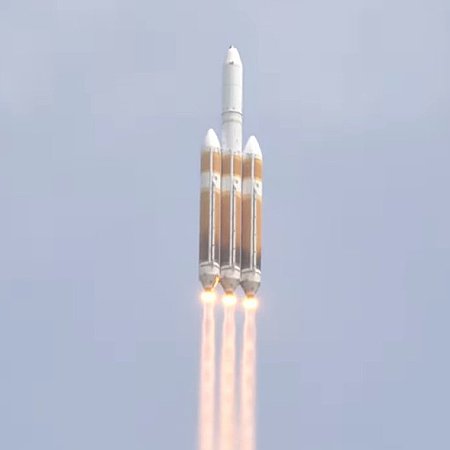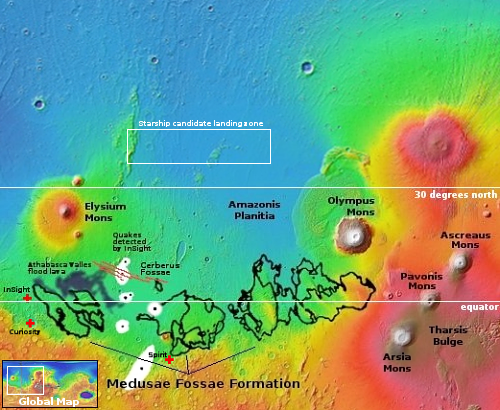Angara launch scrubbed for the second day in a row
Technical issues early this morning caused Russia to scrub, for the second day in a row, the first launch of its new Angara-A5 heavy-lift rocket from its Vostochny spaceport in the far east of Russia.
The first attempt to launch the Angara-A5 rocket from the Vostochny spaceport on Tuesday was canceled about two minutes before the scheduled liftoff due to a failure of the pressurization system of the oxidizer tank in the central block [the core stage] of the rocket.
The second attempted launch Wednesday was also aborted by the automatic safety system, which registered a flaw in the engine start control mechanism, said Yuri Borisov, head of Russia’s state-controlled space corporation Roscosmos. He added that the failure was most likely rooted in a programming error.
They intend to try again tomorrow.
Angara has been under development for about two decades. This launch, which carries a dummy payload, will be the fifth launch of Angara, though the first of of the heavy-lift A5 configuration since 2014. In 2019 vibration issues were discovered that caused a major delay in its development. Of the previous four launches, only one carried an actual payload into orbit. All the others carried dummy payloads, with one test launch failing.
Russia needs the Angara-A5 rocket if it is going to build its own space station, because it no longer has the Proton rocket to launch modules. It also needs to get its Vostochny spaceport up and running, because its long term access to Baikonur in Kazakhstan is increasingly questionable.
Technical issues early this morning caused Russia to scrub, for the second day in a row, the first launch of its new Angara-A5 heavy-lift rocket from its Vostochny spaceport in the far east of Russia.
The first attempt to launch the Angara-A5 rocket from the Vostochny spaceport on Tuesday was canceled about two minutes before the scheduled liftoff due to a failure of the pressurization system of the oxidizer tank in the central block [the core stage] of the rocket.
The second attempted launch Wednesday was also aborted by the automatic safety system, which registered a flaw in the engine start control mechanism, said Yuri Borisov, head of Russia’s state-controlled space corporation Roscosmos. He added that the failure was most likely rooted in a programming error.
They intend to try again tomorrow.
Angara has been under development for about two decades. This launch, which carries a dummy payload, will be the fifth launch of Angara, though the first of of the heavy-lift A5 configuration since 2014. In 2019 vibration issues were discovered that caused a major delay in its development. Of the previous four launches, only one carried an actual payload into orbit. All the others carried dummy payloads, with one test launch failing.
Russia needs the Angara-A5 rocket if it is going to build its own space station, because it no longer has the Proton rocket to launch modules. It also needs to get its Vostochny spaceport up and running, because its long term access to Baikonur in Kazakhstan is increasingly questionable.









